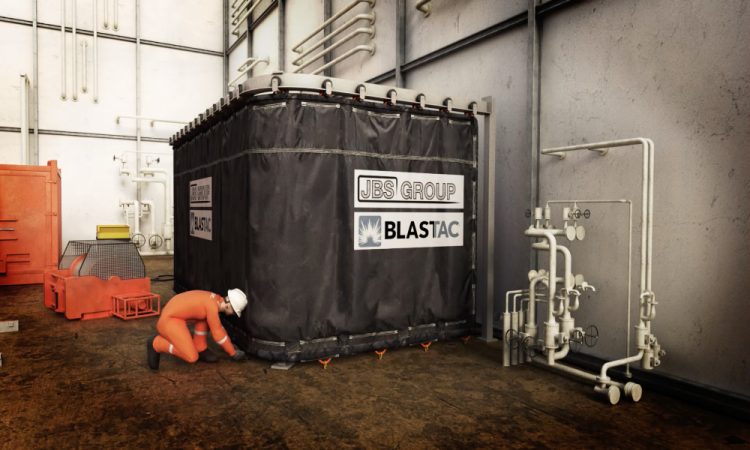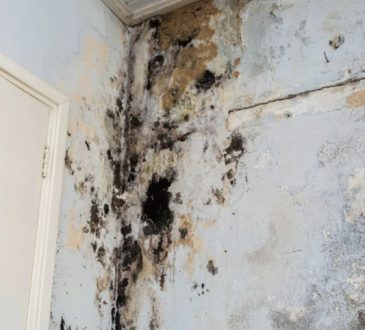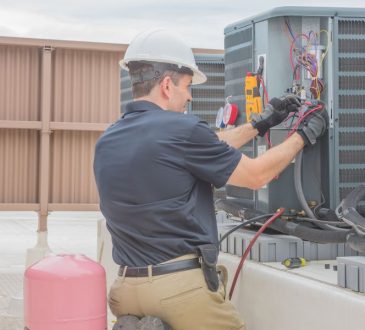How Manifold Containment Curtains Enhance Safety and Efficiency in Industrial Settings

In the realm of industrial safety and efficiency, manifold containment curtains have emerged as a crucial component for managing hazardous environments. These specialized barriers are designed to contain and control spills, leaks, and other potentially dangerous substances, thereby enhancing both safety and operational efficiency. This article explores the multifaceted benefits of manifold containment curtains, detailing how they contribute to a safer and more productive industrial workspace.
Understanding Manifold Containment Curtains
Manifold containment curtains are engineered to provide a protective barrier around specific areas where hazardous materials are handled or stored. Typically made from durable, chemical-resistant materials, these curtains are employed in areas where the risk of spills or leaks is high. The design of manifold containment curtains ensures that any spills are contained within a designated area, preventing them from spreading and minimizing the potential for harm.
Enhancing Safety with Manifold Containment Curtains
-
Containing Hazardous Spills
One of the primary functions of the Manifold Containment Curtain is to contain hazardous spills and leaks. In industrial settings where chemicals, oils, or other hazardous substances are used, the risk of accidental spills is a significant safety concern. Manifold containment curtains are strategically placed to create a barrier around potential spill areas, thereby preventing the spread of contaminants. This containment helps to protect workers from exposure and reduces the risk of environmental contamination.
-
Preventing Cross-Contamination
Manifold containment curtains also play a vital role in preventing cross-contamination between different areas of an industrial facility. By isolating areas where hazardous materials are handled from other parts of the facility, these curtains help to maintain a clean and controlled environment. This isolation is particularly important in industries such as pharmaceuticals and food processing, where maintaining strict hygiene standards is essential.
-
Enhancing Emergency Response
In the event of a spill or leak, manifold containment curtains facilitate a more efficient emergency response. By containing the spill within a controlled area, these curtains allow for quicker and more effective cleanup efforts. This not only minimizes the potential damage but also reduces the time required to restore normal operations. Additionally, the presence of containment curtains can help in ensuring compliance with safety regulations and standards.
Improving Efficiency with Manifold Containment Curtains
-
Streamlining Maintenance and Cleaning
The use of manifold containment curtains simplifies maintenance and cleaning procedures in industrial settings. By confining spills to a specific area, these curtains make it easier to manage and clean up hazardous materials. This targeted approach to cleaning reduces the amount of time and resources required, leading to increased operational efficiency. Moreover, regular maintenance of the containment curtains themselves ensures that they remain effective in preventing spills.
-
Enhancing Workflow and Productivity
Manifold containment curtains contribute to a more organized and efficient workspace. By clearly delineating areas where hazardous materials are handled, these curtains help to streamline workflows and reduce the risk of accidents. This improved organization not only enhances safety but also boosts productivity by minimizing disruptions and ensuring that employees can work in a controlled environment.
-
Reducing Downtime
By containing spills and leaks effectively, manifold containment curtains help to minimize operational downtime. In the absence of these curtains, spills could lead to extensive cleanup operations, equipment damage, or even facility shutdowns. The presence of containment curtains helps to mitigate these risks, ensuring that operations can continue with minimal interruptions. This reduction in downtime contributes to overall productivity and operational efficiency.
Conclusion
Manifold containment curtains are a vital component in enhancing safety and efficiency in industrial settings. Their ability to contain hazardous spills, prevent cross-contamination, and streamline maintenance and cleaning processes makes them an invaluable asset for managing hazardous environments. By investing in high-quality manifold containment curtains, industrial facilities can significantly improve safety standards, reduce operational downtime, and enhance overall productivity. As industries continue to prioritize safety and efficiency, the role of manifold containment curtains will undoubtedly remain central to effective industrial management.



